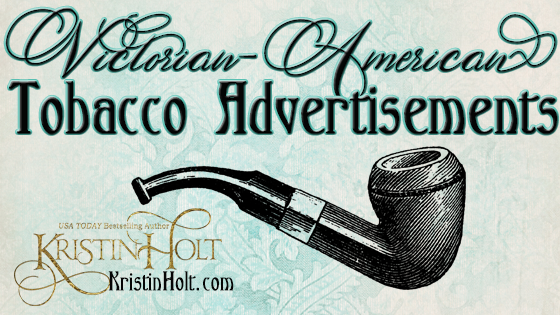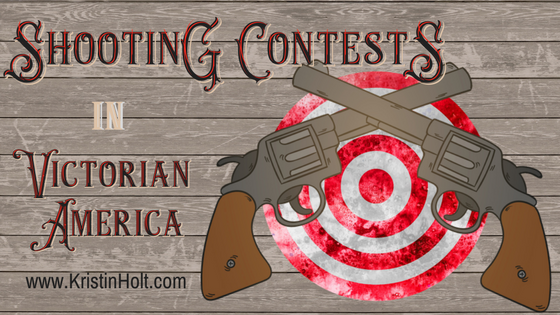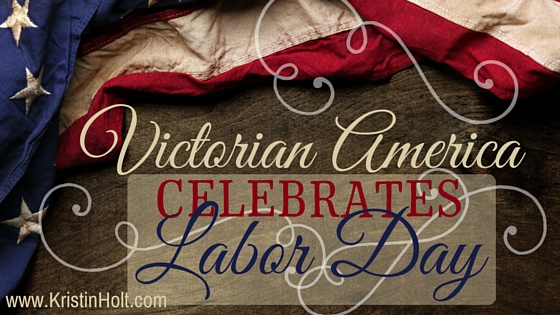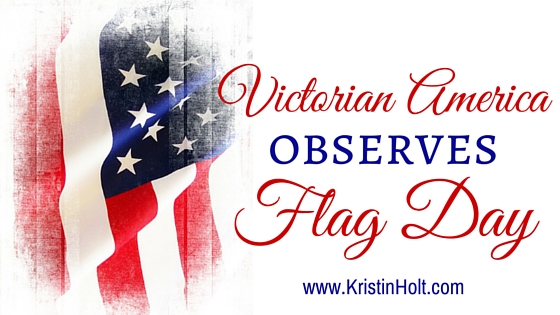
by Kristin Holt | Feb 15, 2020 | Articles
Advertisements from vintage newspapers and periodicals shed much light on the tobacco habits of our nineteenth century United States ancestors. Each ad cites sources, dates, and provides everything from brand names to prices to general categories to help us draw conclusions about tobacco use in the Victorian United States.
Why? Because accurate backdrops make for exciting fiction!

by Kristin Holt | Nov 16, 2017 | Articles
Victorian America enjoyed shooting contests in a wide range of settings–from professional marksman organizations to small town celebrations. Come see vintage newspaper articles about events that pitted man against man and measured skills of accuracy.

by Kristin Holt | Aug 6, 2017 | Articles
Dr Pepper was born in 1885–FIRST of national soda flavors–a result of Victorian ingenuity and creativity, in Waco, Texas. Vintage newspaper ads show the soda fountain beverage’s claim to natural, healthful medicinal value–while strictly claiming an absence of all harmful substances. I discovered interesting details I’d never heard before… Perhaps you will, too!

by Kristin Holt | Sep 5, 2016 | Articles
LABOR DAY was born of the circumstances within our Victorian-era United States Industrial Revolution. Unions wanted safer working conditions and 12- to 16-hour work days shortened to 8- or 9-hours. Strikes and protests lead to reform, and from the first Labor Day parade in 1882 peaceful Labor’s Holidays began to take root state by state until in 1894, Labor Day was declared by the President of the United States as a Federal Holiday. This article contains newspaper accounts from era papers, vintage photographs, and a dash of American history surrounding summer’s last hurrah.

by Kristin Holt | Jun 14, 2016 | Articles
Victorian Americans not only observed Flag Day on June 14th–they created it. Flag poles on government property sported the star spangled banner. Private citizens raised the flag, draped patriotic bunting over porch rails and fences, and attended military parades. Most of all, they recalled what the American flag stands for, its symbolism, and the meaning of patriotism. The practice of observing Flag Day on June 14th, annually, had been in practice since the 1870s and become widespread, but it took well into the 20th century for a President of the United States to make the day a federal holiday.













